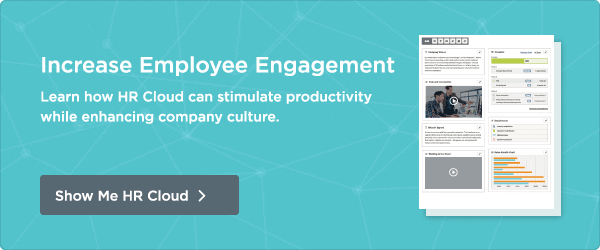Violence stemming from mental illness is not a subject that we as a society are comfortable talking about. As a country, we were left shocked, angry and confused when a gunman recently killed 12 people at the Navy Yard in Washington, DC. With each tragedy we learn that loss of life was preventable. So why aren’t we doing more to prevent it?
According to the National Alliance on Mental Illness (NAMI), 1 in 4 Americans are dealing with mental health-related challenges. Chances are you know someone suffering from mental illness either at work, home, the gym, or that person staring back at you in the mirror. Mental health issues may result with economic stress due to loss of income or employment, caring for an elderly parent or an ill child, or post-traumatic stress resulting from divorce or personal loss. With 75% of the American population suffering from some type of mental illness in any given year, we can no longer afford to pass the buck in the workplace, sweep it under the rug, or impose judgment hoping the problem will just go away or be terminated sooner rather than later.
Human resources can be the change.
In the workplace, mental illness is often viewed as a problem rather than an opportunity to understand and support wellness. What are the implications of this perception? All too often, this negative view sparks misunderstanding, stereotyping, and criticism of those that need help the most.
The Impact of Mental Illness on the Employee and Organization
The negative perception of mental illness keeps many from coming forward and asking for help for fear they will be judged, lose their jobs, their friends, and be confined to a mental institution. The result is a domino effect of social withdrawal, isolation, poor performance and inability to contribute at work and at home. All of the aforementioned leads to higher health costs, absenteeism, and turnover with loss of talent and knowledge. The biggest cost is the human cost.
The Role of HR in Addressing Mental Health Issues
HR has the power to change the game by facilitating open dialogue on the importance of mental health. As an HR professional, you’re quite used to taking the lead on enterprise-wide projects and events—today, mental health should be top priority. Give it a name and increase awareness. If you’re not comfortable being the only champion, recruit a team that can help you with the effort. Lunch and Learn group meetings, health fairs, and even physical fitness activities can help promote good mental health.
Here are some other simple ways HR can champion mental health in the workplace:
• Run a formal education campaign that leverages the Internet to share informational videos, resources and tools.
• Empower leaders with the language and tools to support conversations with their teams.
• Generate regular awareness and information about the Employee Assistance Program.
• Include mental health in the diversity and inclusion conversation. Different experiences create valuable perspectives.
• Use storytelling to talk about mental health. Storytelling is one of the most powerful ways to create connection and community through common ground across generations, socio-economic levels, cultures and departments and functions.
The more we talk about mental health, the more we understand it, and the better equipped we are to manage it. When we change the perspective and change the conversation, we hold each other accountable for a better workplace. Mental health is not- and should not be - a taboo subject. It’s an everyday topic for everyday people.
How is your organization making mental wellness a collective responsibility?
Share your trials, successes and shortcomings in the comments.
Resources
http://www.workplacementalhealth.org
http://www.nami.org
Keep Reading
Remote Onboarding Done Right: A Step-by-Step Guide for HR Teams
When a new hire walks into your office, you smile, shake hands, and show them around. But
Importance of Onboarding: Purpose, Benefits, and What It Means for Your Workplace
Think about the last time you joined a new team. You had questions, maybe even doubts.

